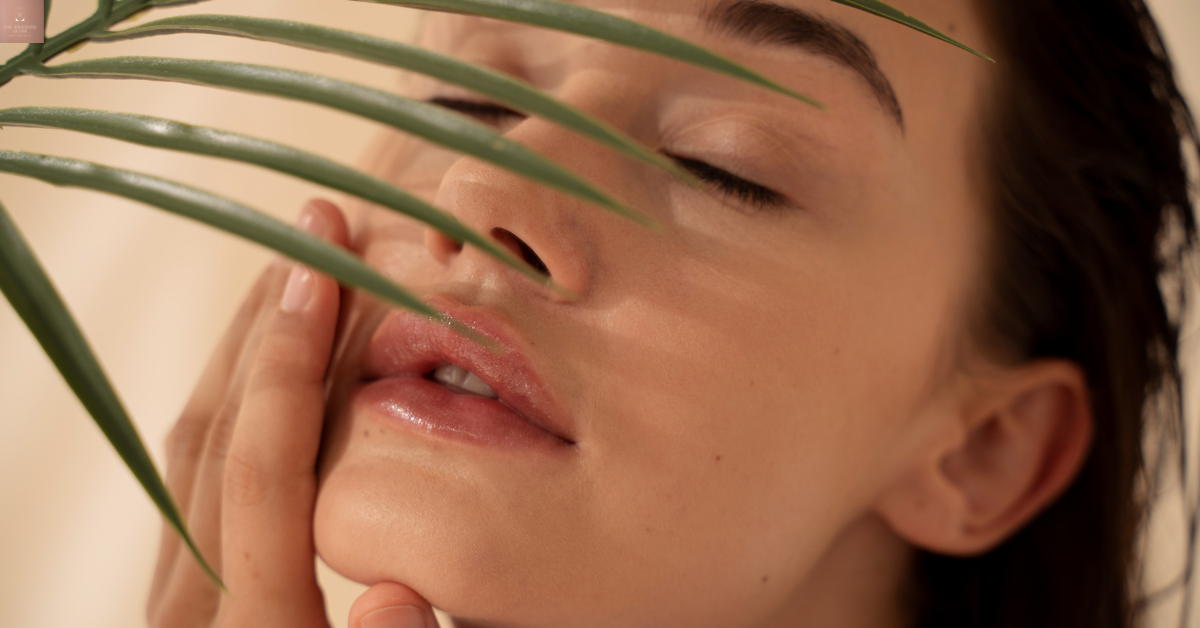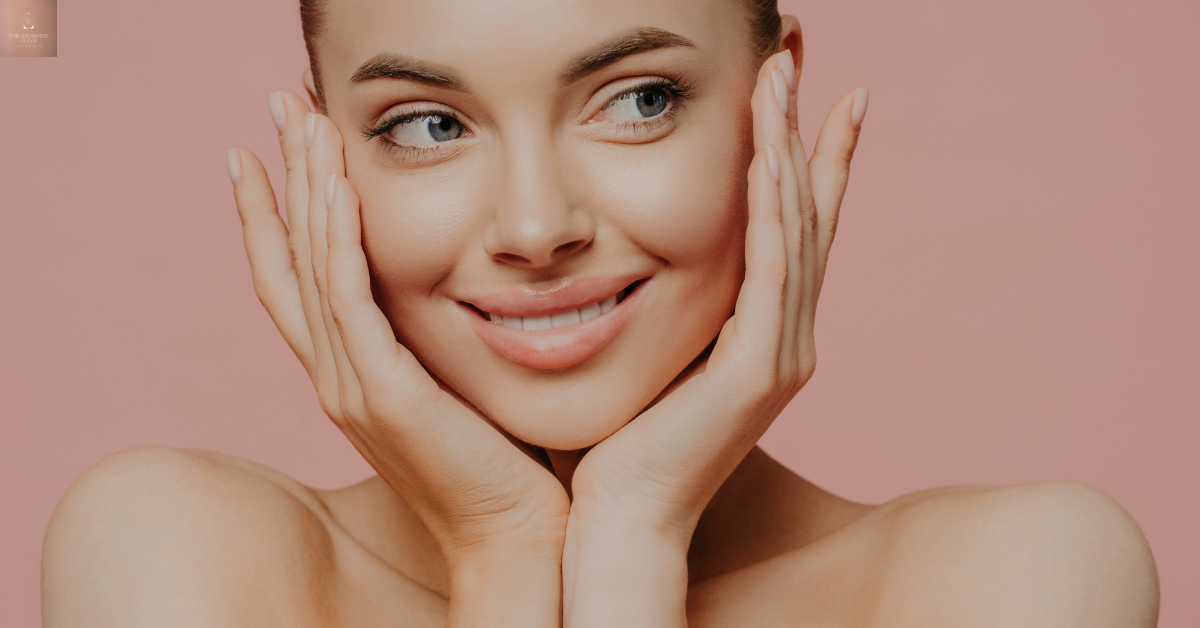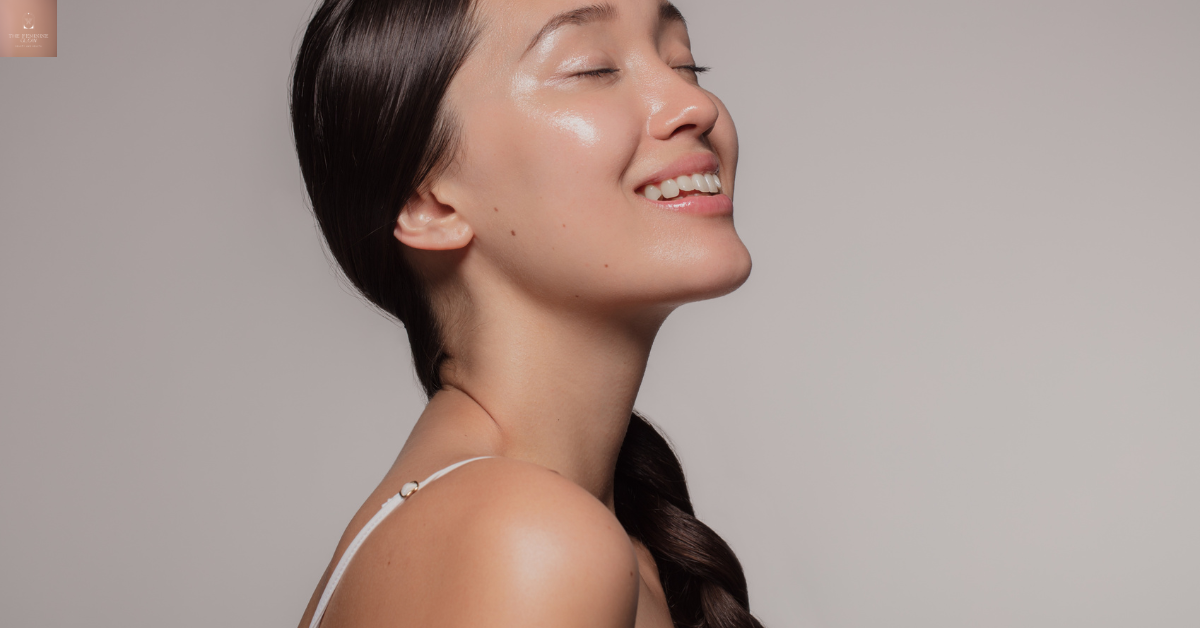Introduction: Are You Falling for These Skincare Lies?
We all want clear, glowing, and healthy skin, but with so much skincare advice floating around, it’s hard to separate fact from fiction. Have you ever been told that oily skin doesn’t need moisturizer? Or that drinking water alone can fix dry skin? These myths—and many more—have been passed down for generations, often leading people to follow the wrong skincare routines.
Believing these misconceptions can damage your skin, waste your money, and even cause premature aging. That’s why it’s time to bust these common skincare myths and uncover the real truth behind achieving flawless skin.
Let’s dive into the 8 most common skincare myths and find out what actually works!
1. Myth: The More You Wash Your Face, the Clearer It Will Be
Many people think that scrubbing their face multiple times a day will keep it clean and acne-free. But overwashing can actually strip the skin of its natural oils, leading to dryness, irritation, and even more oil production as your skin tries to compensate.
✅ Truth: Wash your face twice a day—morning and night—with a gentle, sulfate-free cleanser that suits your skin type. If you have oily skin, opt for a gel-based cleanser. If you have dry skin, use a hydrating cleanser.
2. Myth: Oily Skin Doesn’t Need Moisturizer
One of the biggest skincare myths is that people with oily skin should avoid moisturizer. In reality, skipping moisturizer can actually make your skin produce even more oil to make up for the lack of hydration.
✅ Truth: All skin types—including oily and acne-prone skin—need hydration. Use a lightweight, oil-free, and non-comedogenic moisturizer to keep your skin balanced and prevent excess oil production.
3. Myth: Drinking More Water Will Fix Dry Skin
While staying hydrated is essential for overall health, simply drinking water won’t magically cure dry skin. External factors like cold weather, hot showers, and harsh cleansers play a much bigger role in skin dehydration.
✅ Truth: To keep your skin hydrated, use a moisturizer with hyaluronic acid, ceramides, and glycerin. Also, avoid long, hot showers that strip moisture from the skin.
4. Myth: Natural and Organic Skincare is Always Better
While natural ingredients like aloe vera and honey have great benefits, not all natural products are effective or safe. Some natural ingredients can be irritating to the skin, while many lab-created skincare ingredients are actually formulated to be safer and more effective.
✅ Truth: Just because something is labeled “natural” or “organic” doesn’t mean it’s better. Look at the ingredients list and focus on science-backed skincare rather than marketing claims.
5. Myth: Pores Can Open and Close
You’ve probably heard that steaming your face opens your pores and cold water closes them. But the truth is, pores don’t have muscles, so they can’t physically open or close.
✅ Truth: Steam softens debris inside your pores, making it easier to clean them, while cold water can reduce inflammation and temporarily tighten the skin. But neither changes the actual size of your pores.
6. Myth: The More Expensive the Product, the Better It Works
Luxury skincare products often come with a hefty price tag, but that doesn’t always mean they’re more effective. Many drugstore brands contain the same active ingredients as high-end brands—sometimes in even higher concentrations!
✅ Truth: Instead of focusing on the price, look at the ingredients. Affordable brands with ingredients like retinol, niacinamide, vitamin C, and peptides can be just as effective as high-end products.
7. Myth: You Only Need Sunscreen When It’s Sunny
Many people skip sunscreen on cloudy days or when staying indoors, thinking they don’t need it. But UV rays can penetrate clouds and windows, leading to premature aging and skin damage.
✅ Truth: Wear broad-spectrum SPF 30+ sunscreen every single day, even if it’s cloudy or you’re indoors. UV rays contribute to wrinkles, sunspots, and skin cancer, so sunscreen is non-negotiable!
8. Myth: Popping Pimples Makes Them Heal Faster
It’s tempting to squeeze a pimple, but this can actually make things worse. Popping pimples pushes bacteria deeper into the skin, leading to more inflammation, infection, and potential scarring.
✅ Truth: Instead of popping, use a pimple patch or spot treatment with salicylic acid or benzoyl peroxide. If you absolutely must pop a pimple, do it with clean hands, a sterilized tool, and apply antiseptic afterward.
Final Thoughts: The Truth Behind Skincare Matters!
Skincare myths can lead to bad habits that harm your skin in the long run. Now that you know the truth behind these common skincare myths, you can make informed choices and build a routine that actually works.
✅ Focus on science-backed ingredients. ✅ Stick to a consistent routine with gentle, effective products. ✅ Never believe everything you see on social media—always do your research!
By following real, evidence-based skincare, you’ll be on your way to clear, glowing, and truly healthy skin!
💡 Did this article help you? Share it on Pinterest to help others stop believing these skincare myths!





